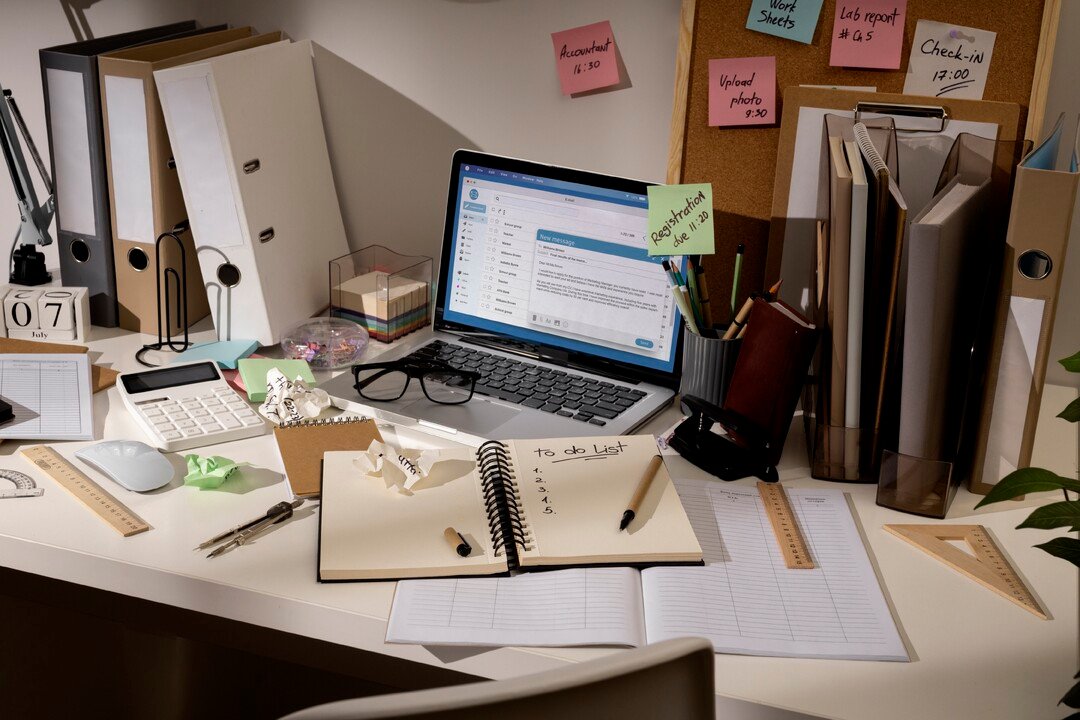In a world that constantly demands our attention, staying organized is no longer a luxury—it’s a necessity. Without a structured routine, even the most motivated individuals can find themselves drowning in tasks and running in circles. But with the right strategies, organizing your day can transform your life, reduce stress, and boost productivity. Here’s how to build a daily routine that truly works for you.
Why a Well-Structured Routine Matters
A clear routine isn’t just about getting more things done; it’s about doing the right things in the right order. When your days are structured:
- You reduce decision fatigue
- You maintain consistent progress on long-term goals
- You feel more in control of your life
- You create mental space for creativity and problem-solving
Let’s break down the steps to building a routine that sets you up for daily success.
Step 1: Define Your Priorities
The first step in organizing your routine is understanding what matters most. Ask yourself:
- What are the top 3 tasks I need to focus on each day?
- What goals am I working toward?
- Which activities are draining my time and energy?
Make a list of non-negotiable priorities (work, family, self-care) and optional items that can be adjusted or eliminated.
Step 2: Establish a Consistent Wake-Up Time
Your day begins with how you wake up. Aim to wake up at the same time every day—even on weekends. This trains your body’s internal clock and helps you feel more rested and energized.
Tip: Avoid checking your phone immediately upon waking. Instead, start with something grounding like stretching, journaling, or deep breathing.
Step 3: Create a Morning Routine that Sets the Tone
Mornings can make or break your day. A productive morning routine might include:
- Drinking water to rehydrate
- 10–15 minutes of exercise or stretching
- Planning your top tasks for the day
- Practicing gratitude or reading something inspirational
Start small. You don’t need a two-hour routine—just a few mindful habits will do wonders.
Step 4: Time-Block Your Day
Time blocking means assigning specific time slots for each task or type of activity. Instead of multitasking, you give each task your full attention for a set period.
Example:
- 9:00–10:30 – Deep work/project tasks
- 10:30–11:00 – Emails and messages
- 11:00–12:30 – Meetings or collaborative work
- 1:30–3:00 – Focused solo work
- 3:00–3:30 – Break/walk/stretch
- 3:30–5:00 – Admin, wrap-up, and planning tomorrow
This strategy helps you stay on track and minimize distractions.
Step 5: Plan Breaks Intentionally
Breaks are essential—not optional. Your brain needs time to reset to stay focused. Follow the 90/20 rule: work for 90 minutes, then rest for 20. Or try the Pomodoro technique (25 minutes work, 5 minutes break).
Use breaks to step away from screens. Stretch, take a walk, drink water, or simply breathe.
Step 6: Build an Evening Routine that Prepares for Tomorrow
End your day with intention:
- Review what you accomplished
- Note what didn’t get done (and why)
- Set your top priorities for tomorrow
- Do something relaxing to wind down (reading, journaling, meditation)
Going to bed with a clear mind leads to better sleep and a more productive tomorrow.
Step 7: Limit Distractions and Set Boundaries
Distractions are the enemy of a productive routine. Set up boundaries with:
- Technology: Turn off unnecessary notifications, use “do not disturb” modes, and keep your phone out of reach during focused work.
- People: Communicate your schedule clearly with those around you so they respect your working time.
- Yourself: Stay committed to your time blocks, even when you feel tempted to deviate.
Step 8: Use Tools to Stay on Track
There are many tools and apps designed to help with organization:
- Trello/Notion: For planning and tracking projects
- Google Calendar: For time blocking and reminders
- Forest/Focus Keeper: For Pomodoro sessions
- Todoist: For daily to-do lists
Experiment with a few until you find what fits your style.
Step 9: Review and Adjust Regularly
No routine is perfect from the start. Every week, take 15 minutes to reflect:
- What worked well this week?
- What felt overwhelming?
- Where did I lose time?
Use this feedback to tweak your schedule and stay aligned with your goals.
Step 10: Be Kind to Yourself
Finally, remember: productivity is not about perfection. There will be days when your routine falls apart, and that’s okay. What matters most is consistency over time and a willingness to get back on track.
The goal isn’t to control every moment, but to create space for what matters most.
Stay Consistent and Watch Your Days Transform
By taking ownership of your routine, you take ownership of your life. Each intentional step creates a ripple effect: better focus, reduced stress, and increased satisfaction with how you spend your time.
Start small, be consistent, and let your organized routine unlock your full potential.



